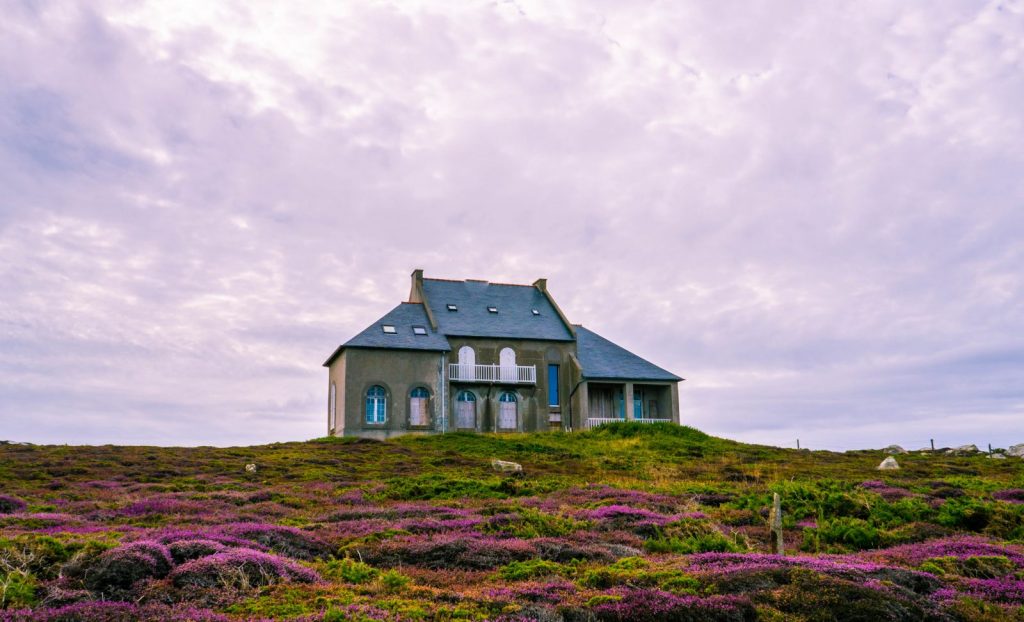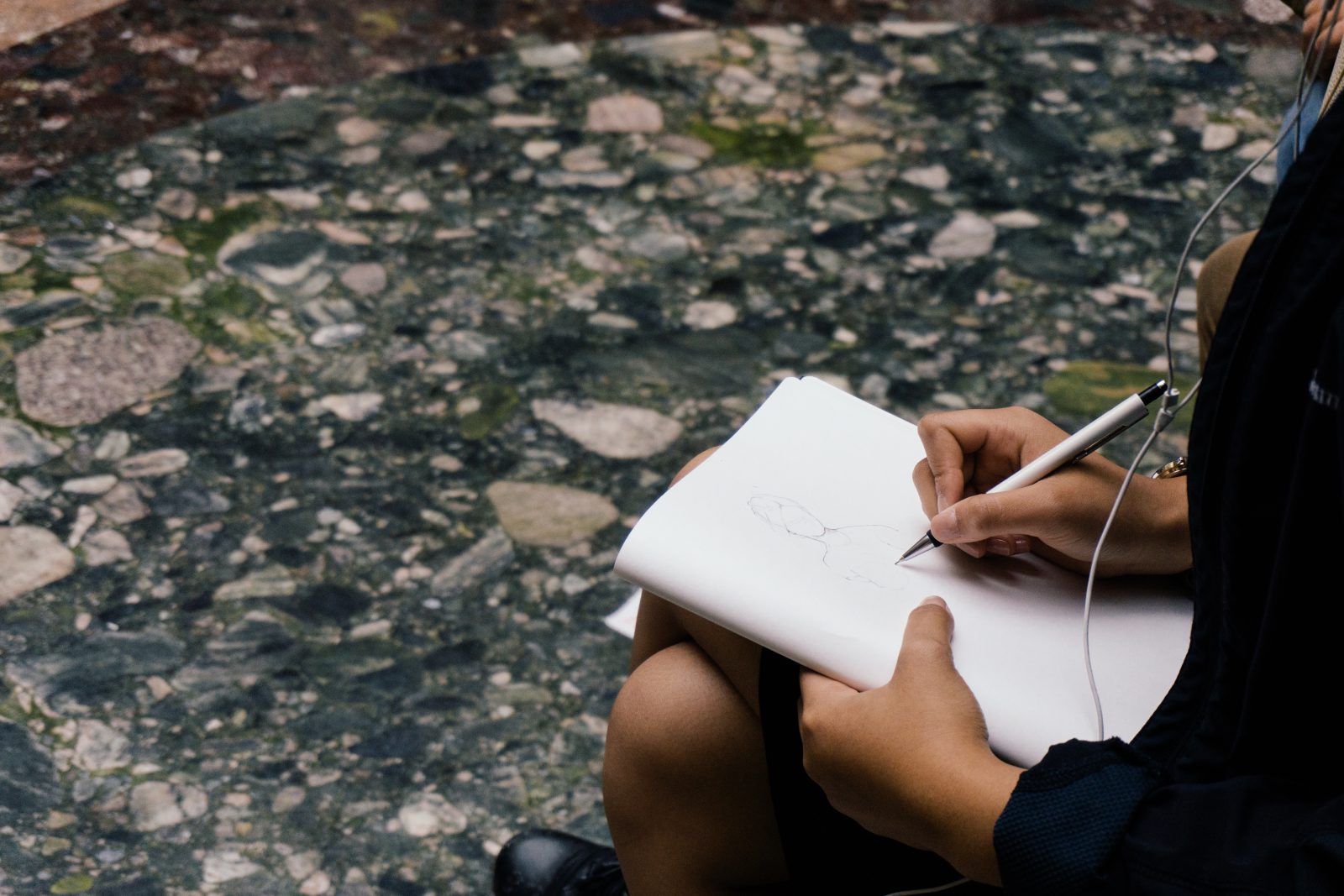Of the three most impotrtant factors when thinking about building your recovery – Design, cost and location. We could say that design is the one I see most often misunderstood, or left out altogether. Remember, if you do not design your recovery, someone else will!
Why is this important? Because if you live in a building someone else has designed you will resent it. And eventually you will pull the whole thing down yourself! I have seen it happen more times than I want to think about. So let’s learn more about what it means to design your own recovery.
The Big Three – Cost – Location – Design
In the first of three posts I am now going to get into more detail about the concept of ‘design’. Which is one of the ‘big three’ things to consider when building your recovery along with ‘cost’ and ‘location’. What do I mean by design and how can you create a good design for yourself? And how can you make sure that it remains your design as you develop your recovered self? Let’s start with how to create the basic design.
Always remember when doing any of these exercises that the more you imagine this as a real home, the better it will work for you as a genuine aid. Remember that the same questions you would ask when considering a new home are exactly the same questions you need to ask about your recovery. So think of cost in two ways. As things you will have to give and things you will have to give up. No longer acting the way you did is a cost and not having neighbours you liked would be a loss.
Location Location Location
Think of Location as who you will be living next to. In other words which relationships do you need to let go of and which relationships do you need to develop more?
There is a short exercise I use for this, the concept is simple. Write down the names of everyone you see regularly. Now score them out of 10 by how you feel about yourself after you have been with them. Remember, it’s not how you feel about them. It’s how you feel about yourself. Everyone who scores less than five is a person you need to move away from or consider limiting the amount of time you spend with them. Everyone who scores more than five is someone you should consider spending more time with.
It must be your design

The idea of moving into a new home but not getting what you want is really frustrating. Imagine wanting a big garden but being persuaded by a friend or family member to buy a place with no garden for whatever reason. Every time you arrive home the garden would remind you that this was not your choice! That gets old pretty quick.
So how do we think about design? We start by looking at the way things were. How did you spend your time? Who did you spend your time with? This is the old design and being real about what it looked like is the first step. Next we need to imagine it as your old building. The one your ‘addicted self’ lived in. If this was a building design how many rooms would it have? And which would be the biggest room? Rooms will be labelled as work, family and personal time. Ask yourself honestly how much time you spent in the different rooms. The more accurately you do this, the better your chances of getting what you want.
Making a plan
Now it’s time to make the floor plan. Draw it simply and think of the size of the building as the amount of time you have. So the rooms represent both how many different things you do, but also describe the proportion of time you spend doing them. How do you want the new place to be different? Now you’re going to need a second floor plan. This should give you a clear view of how you have lived and how you want to change.

These drawings should be very basic, just like the ones above. Floor plans showing the rooms that you lived in as well as the names of the rooms. Be honest and use what you have learned from the FREDS list about who you really have been.
Making the Transition
Moving from one ‘home’ to another is part of what I call the ‘work of recovery’. Notice how much smaller the ‘work’ room is in the new house above. We now need a plan of how to build the new home in the way we wanted it.

To do this I want you to consider using a tool such as Google Calendar or something similar. Think about how you use your time. Most of you are already using something like this and, if you are like me you will probably be inserting things like meetings and phone calls etc. But you are always doing something! So now decide on your ‘waking’ hours and put something in for every hour. Even if you decide to do nothing that’s fine. try colour coding for the different rooms for greater clarity.
Now, does the percentage of time match the way you have set up your rooms. Or does it still look like the old house? Consider changing things till you achieve the balance that is right for you.
Remember, this is an aim, so go at the right pace for yourself. Don’t build too fast or too slowly.





0 Comments